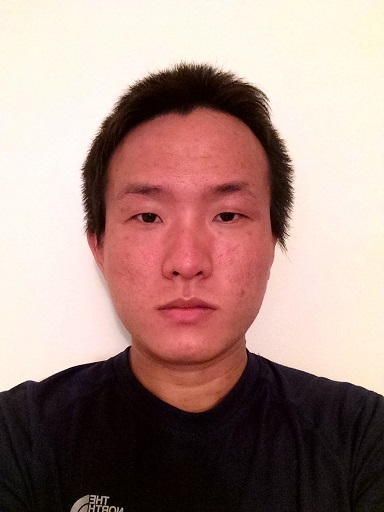Program Information
Cherenkov Excited Phosphorescence Oxygen (CEPhOx) Imaging During Multi-Beam Radiation Therapy
R Zhang1*, R Holt2 , T Esipova3 , S Vinogradov4 , D Gladstone5 , B Pogue6 , (1) Dartmouth College, Hanover, NH, (2) Dartmouth College, Hanover, NH - New Hampshire, (3) University of Pennsylvania, Philadelphia, PA, (4) University of Pennsylvania, Philadelphia, PA, (5) Dartmouth-Hitchcock Medical Center, Hanover, City of Lebanon, (6) Dartmouth College, Hanover, NH
Presentations
TH-C-17A-5 Thursday 10:15AM - 12:15PM Room: 17APurpose: Cherenkov radiation is created during external beam radiation therapy that can excite phosphorescence in tissue from oxygen-sensitive, bio-compatible probes. Utilizing the known spatial information of the treatment plan with directed multiple beam angles, Cherenkov Excited Phosphorescence Oxygen (CEPhOx) imaging was realized from the reconstructions of Cherenkov excited phosphorescence lifetime.
Methods: Platinum(II)-G4 (PtG4) was used as the oxygen-sensitive phosphorescent probe and added to a oxygenated cylindrical liquid phantom with a oxygenated/deoxygenated cylindrical anomaly. Cherenkov excited phosphorescence was imaged using a time-gated ICCD camera temporally-synchronized to the LINAC pulse output. Lifetime reconstruction was carried out in NIRFAST software. Multiple angles of the incident radiation beam was combined with the location of the prescribed treatment volume (PTV) to improve the tomographic recovery as a function of location. The tissue partial pressure of oxygen (pO2) in the background and PTV was calculated based on the recovered lifetime distribution and Stern-Volmer equation. Additionally a simulation study was performed to examine the accuracy of this technique in the setting of a human brain tumor.
Results: Region-based pO2 values in the oxygenated background and oxygenated/deoxygenated PTV were correctly recovered, with the deoxygenated anomaly (15.4 mmHg) easily distinguished from the oxygenated background (143 mmHg). The data acquisition time could be achieved within the normal irradiation time for a human fractionated plan. The simulations indicated that CEPhOx would be a sufficient to sample tumor pO2 sensing from tumors which are larger than 2cm in diameter or within 23mm depth from the surface.
Conclusion: CEPhOx could be a novel imaging tool for pO2 assessment during external radiation beam therapy. It is minimally invasive and should work within the established treatment plan of radiation therapy with multiple beams in situations where tumor pO2 measurement is a pertinent radiotherapy efficiency and dosimetric need.
Contact Email:


